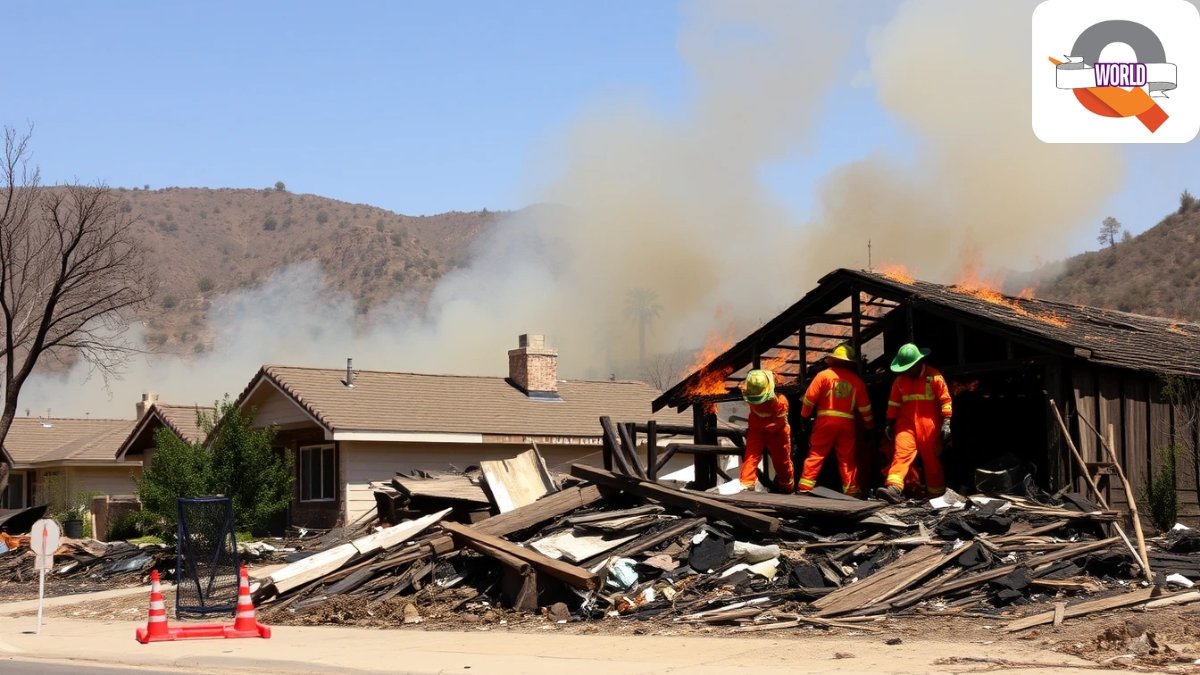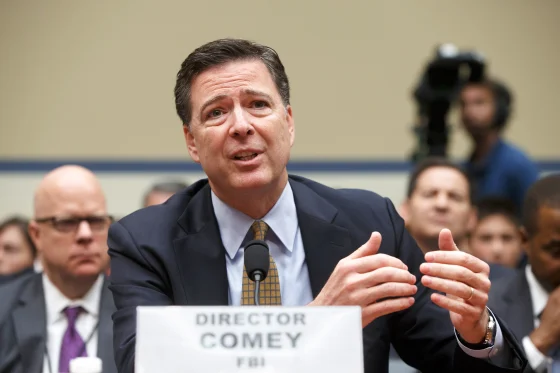
January 11, Saturday, Los Angeles: With the ongoing wildfire in Los Angeles, according to the media reports 11 people have lost their lives. The wildfire crisis in Los Angeles continues to be a critical situation, with widespread impacts on public safety, infrastructure, and air quality.
Eleven people have tragically lost their lives, and over 12,000 structures have been destroyed in the devastating Palisades and Eaton fires. These wildfires are now believed to rank as the third and fourth most destructive in California’s history. Of the confirmed fatalities, six deaths occurred in the Eaton fire, while five have occurred in the Palisades fire. As authorities notify families of the heartbreaking losses, six of the victims have been publicly identified. However, law enforcement officials anticipate that the death toll may increase as improving weather and fire conditions allow cadaver dogs and detectives to access the hardest-hit burn zones for recovery efforts.
What are the causes of wildfires?
Lightning is the most common source that causes the vast majority of wildfires. There are two types of lightning: cold and hot. Cold lightning is usually of short duration and thus rarely a cause of wildfires. The same cannot be said of hot lightning: currents in hot lightning have less voltage but occur for a long time. Because of the intense heat it generates, hot lightning holds for the majority of natural fires. While this natural phenomenon is completely unpredictable, adequate land management and landscape fire management planning can significantly diminish the intensity of wildfires and prevent unnecessary deaths and the displacement of people and animals.
Climate change is undoubtedly the biggest trigger of extreme lightning storms. Warmer and longer summers heat up the land surface. This, coupled with an increase in carbon emissions, causes stronger updrafts that are more likely to produce more powerful and frequent lightning. A 2014 study estimated a 12% increase in the frequency of lightning strikes with every one degree Celsius increase in temperature.
Fire Chief Kristin Crowley has expressed strong criticism toward city officials, citing significant water supply issues and recent budget cuts as factors that severely impacted her department’s ability to effectively combat the Palisades fire. The inadequate water supply has emerged as a contentious issue, prompting California Governor Gavin Newsom to call for a formal investigation into the shortage and its implications on firefighting efforts.
Governor Newsom has also extended an invitation to former President Donald Trump to visit California and witness firsthand the widespread devastation caused by the Los Angeles wildfires. This invitation recalls Trump’s visit to the state six years ago following the infamous Campfire, the most destructive wildfire in California history, which ravaged the town of Paradise.
In response to the ongoing crisis, the state of California has implemented a one-year moratorium that temporarily prohibits insurance companies from canceling or refusing to renew homeowners’ policies in zip codes affected by the Palisades and Eaton fires. This measure aims to provide some relief to residents who have been directly impacted by these catastrophic events, offering them a semblance of stability amid their recovery efforts.
Key updates include:
Emergency Efforts and Public Warnings
- Active Fires: Six major wildfires are still burning, driven by high winds.
- There are six wildfires currently raging in Los Angeles County. They include:
- The Palisades fire, at 21,317 acres and 8% containment
- The Eaton fire, at 13,690 acres and 3% containment
- The Kenneth fire, at 1,052 acres and 50% containment
- The Hurst fire, at 771 acres and 37% containment
- The Lidia fire, at 395 acres and 98% containment
- The Archer fire, at 19 acres and 0% containment
- Evacuation Warnings: Residents are ordered to avoid returning home until the officials ask them to due to hazards such as downed power lines, gas leaks, and structural instability.
- Arson Investigation: A suspect linked to the Kenneth Fire has been detained, and authorities are investigating potential connections to other fires.
Utility and Infrastructure Challenges
- Power Outages: Over 90,000 homes and businesses remain without power, however, there are ongoing attempts to restore electricity. At peak, over 200,000 locations were affected.
- Air Quality Concerns: Hazardous air quality levels persist due to smoke, prompting school closures and mask advisories.
Weather Conditions
- Red Flag Warning: The National Weather Service warns of critical fire weather conditions, with strong winds up to 60 mph, low humidity, and warm temperatures. These conditions will last through Friday afternoon and possibly extend into next week.
Public Safety Measures
- Residents are strongly advised to follow evacuation orders, wear masks outdoors, and stay informed through official updates.
- Emergency crews and utility workers are prioritizing life safety, property protection, and infrastructure recovery.
The situation remains dynamic, with first responders and authorities working tirelessly to mitigate the ongoing risks.
For more updates follow questiqa.com and questiqa.in




